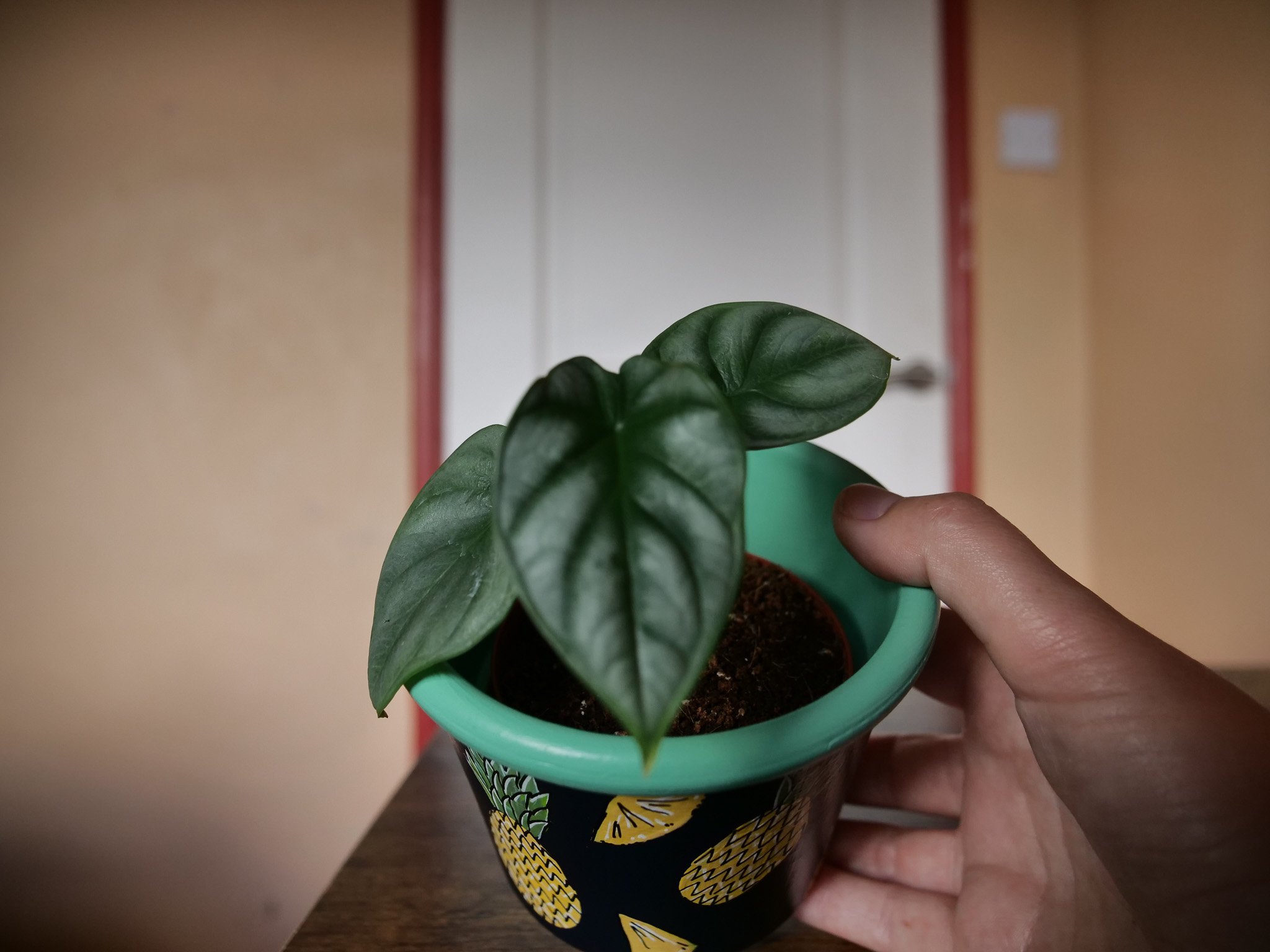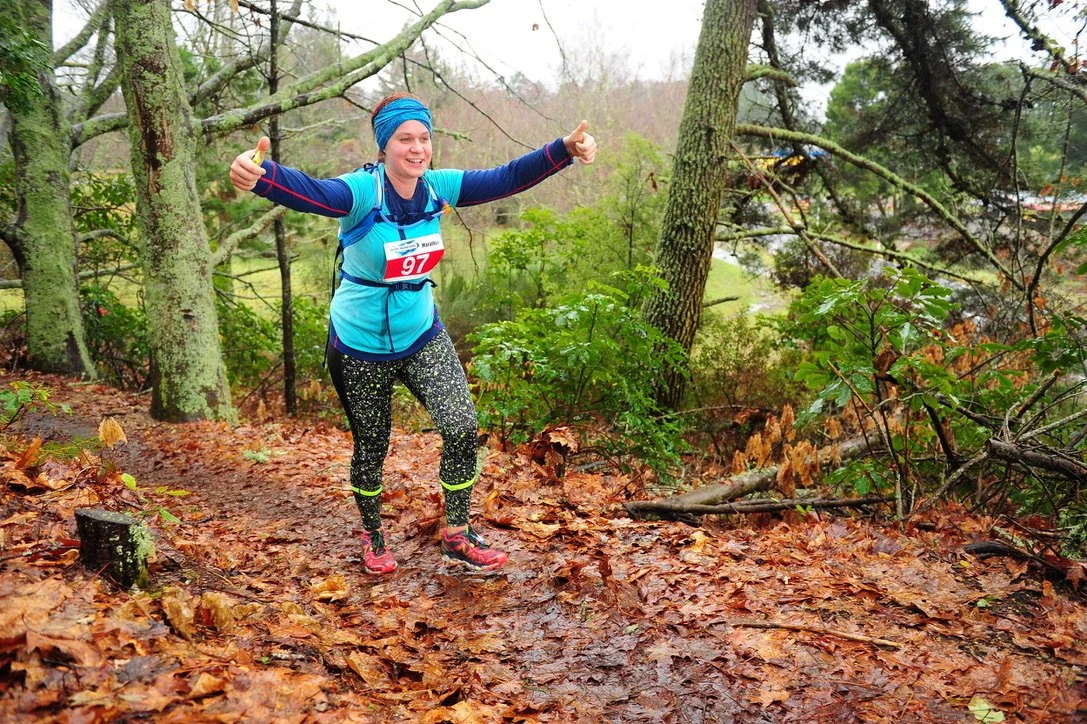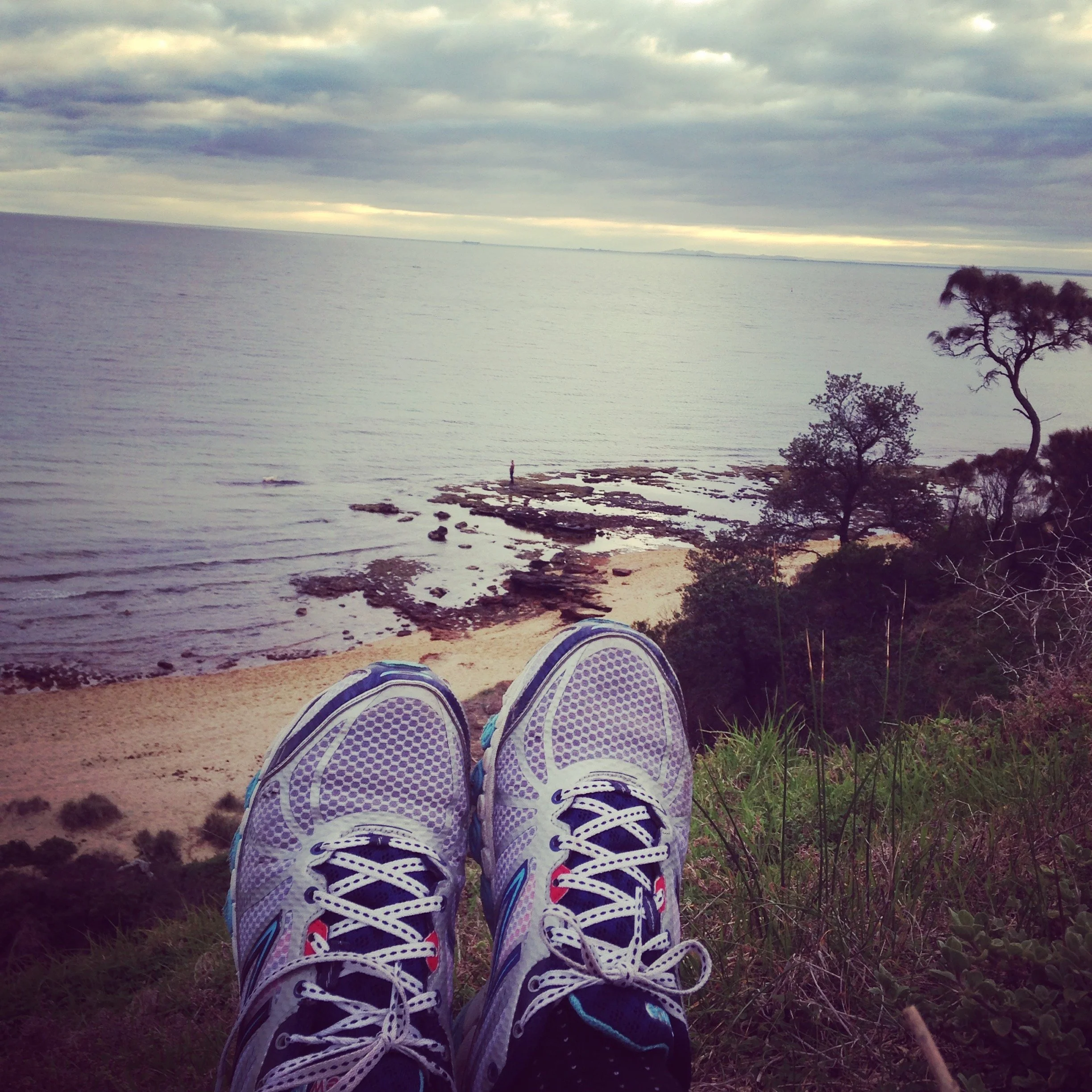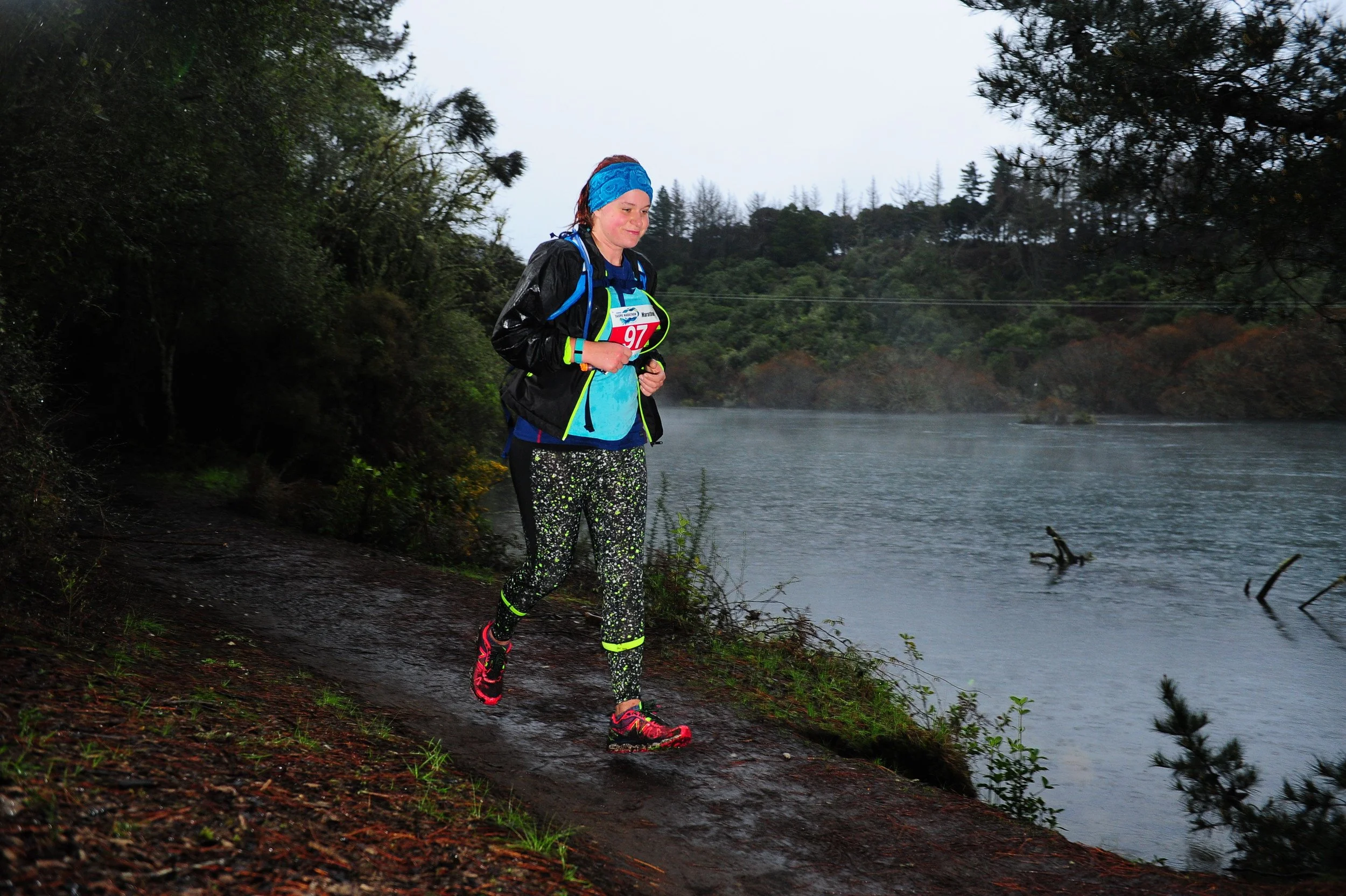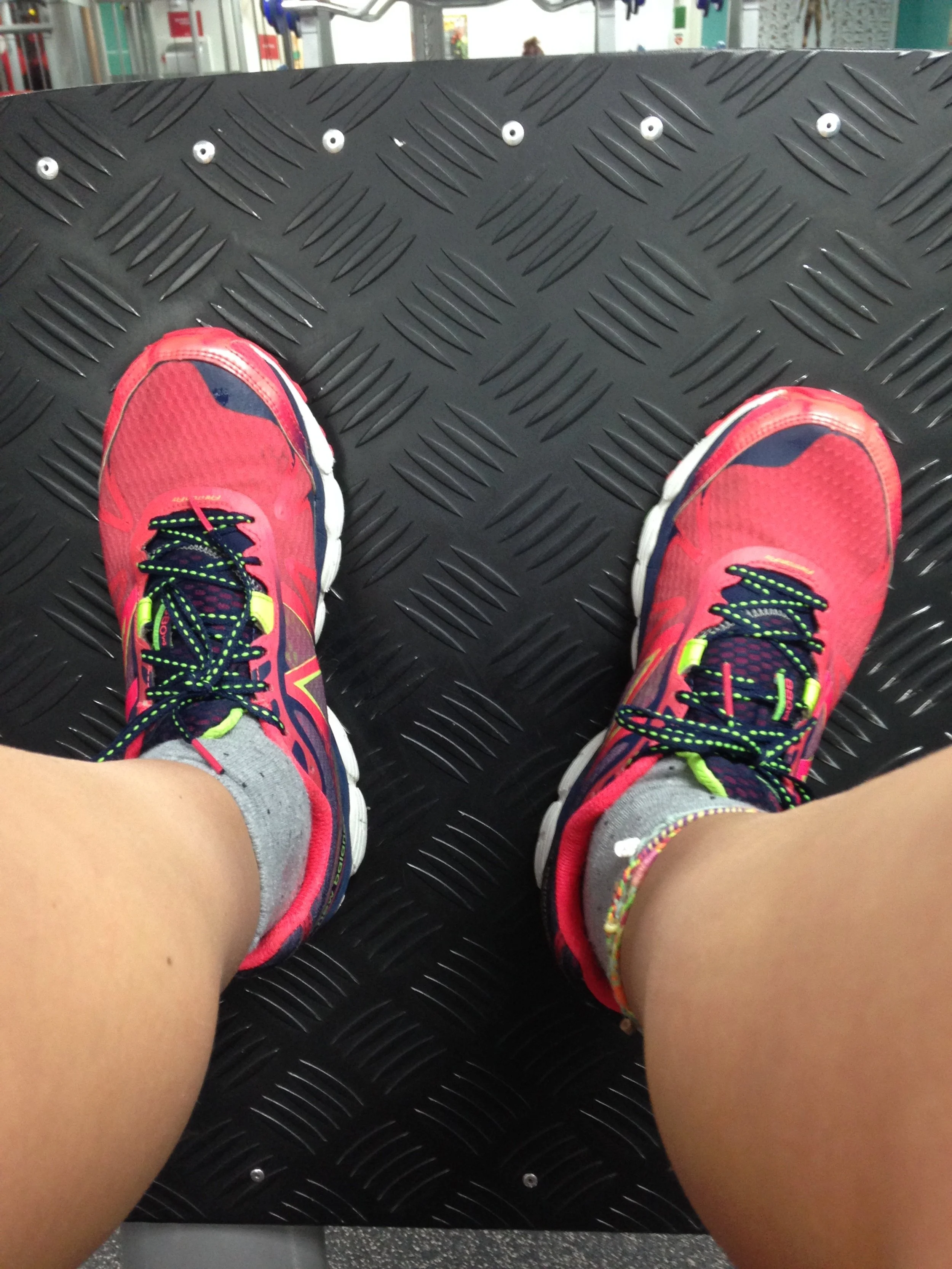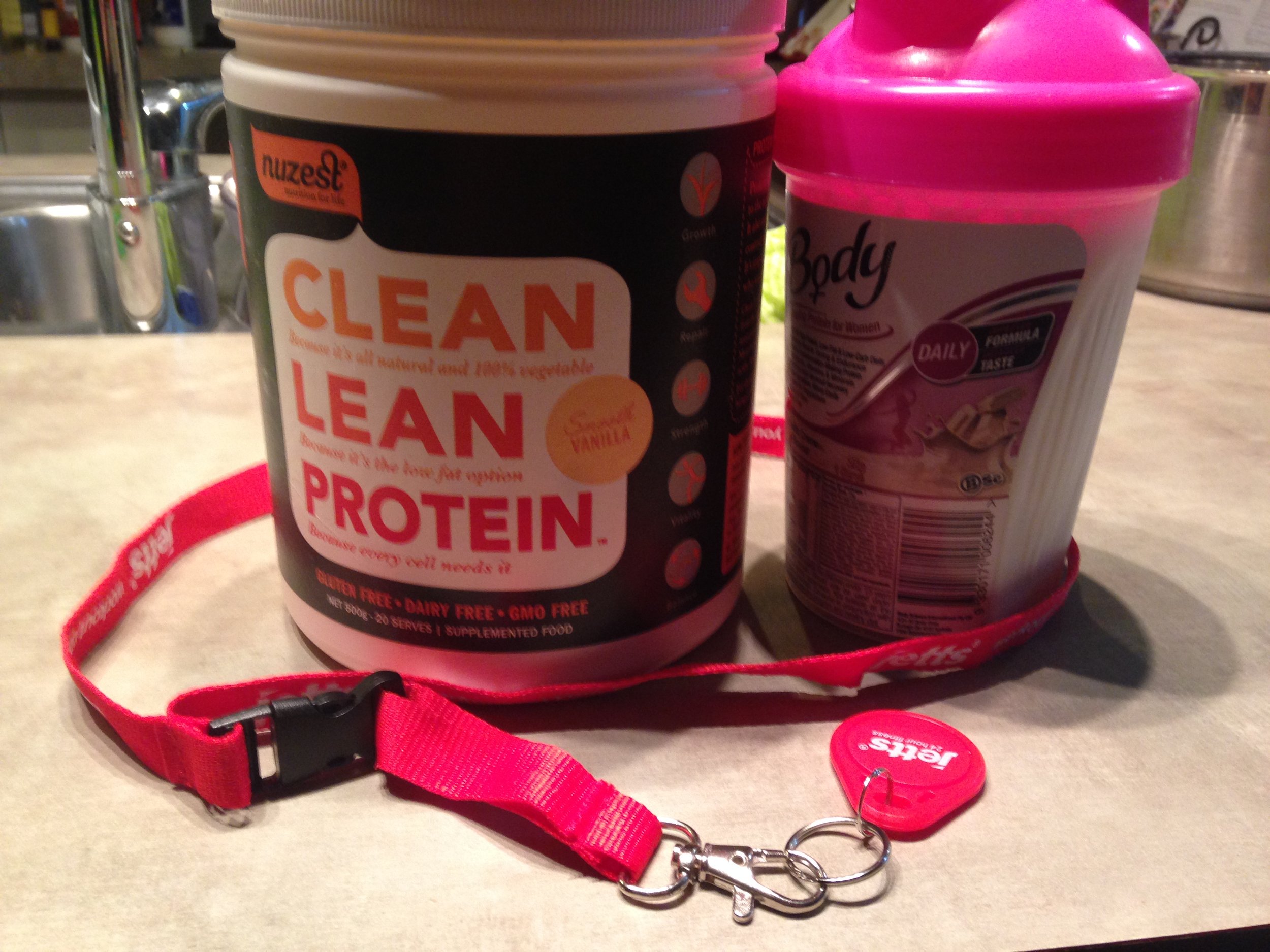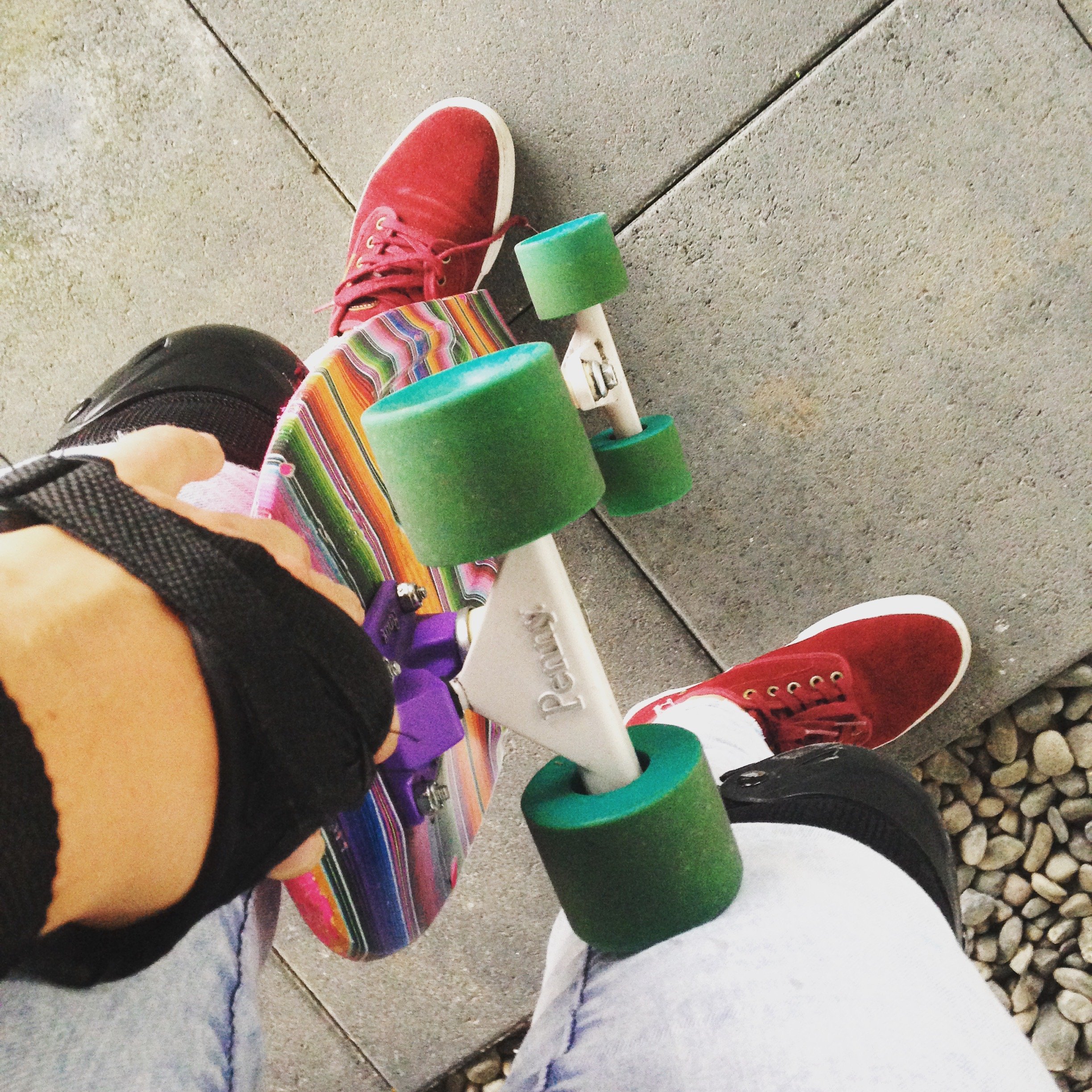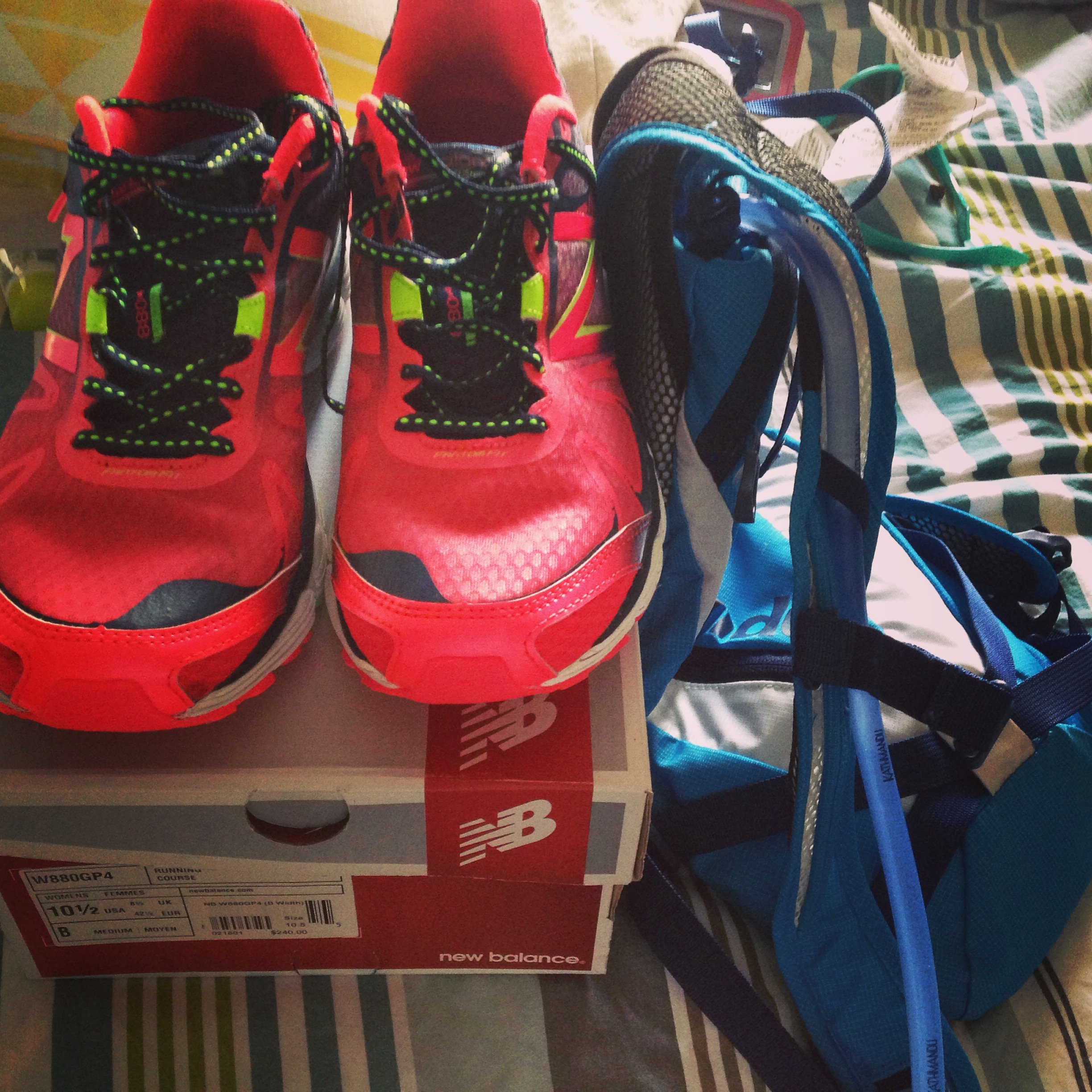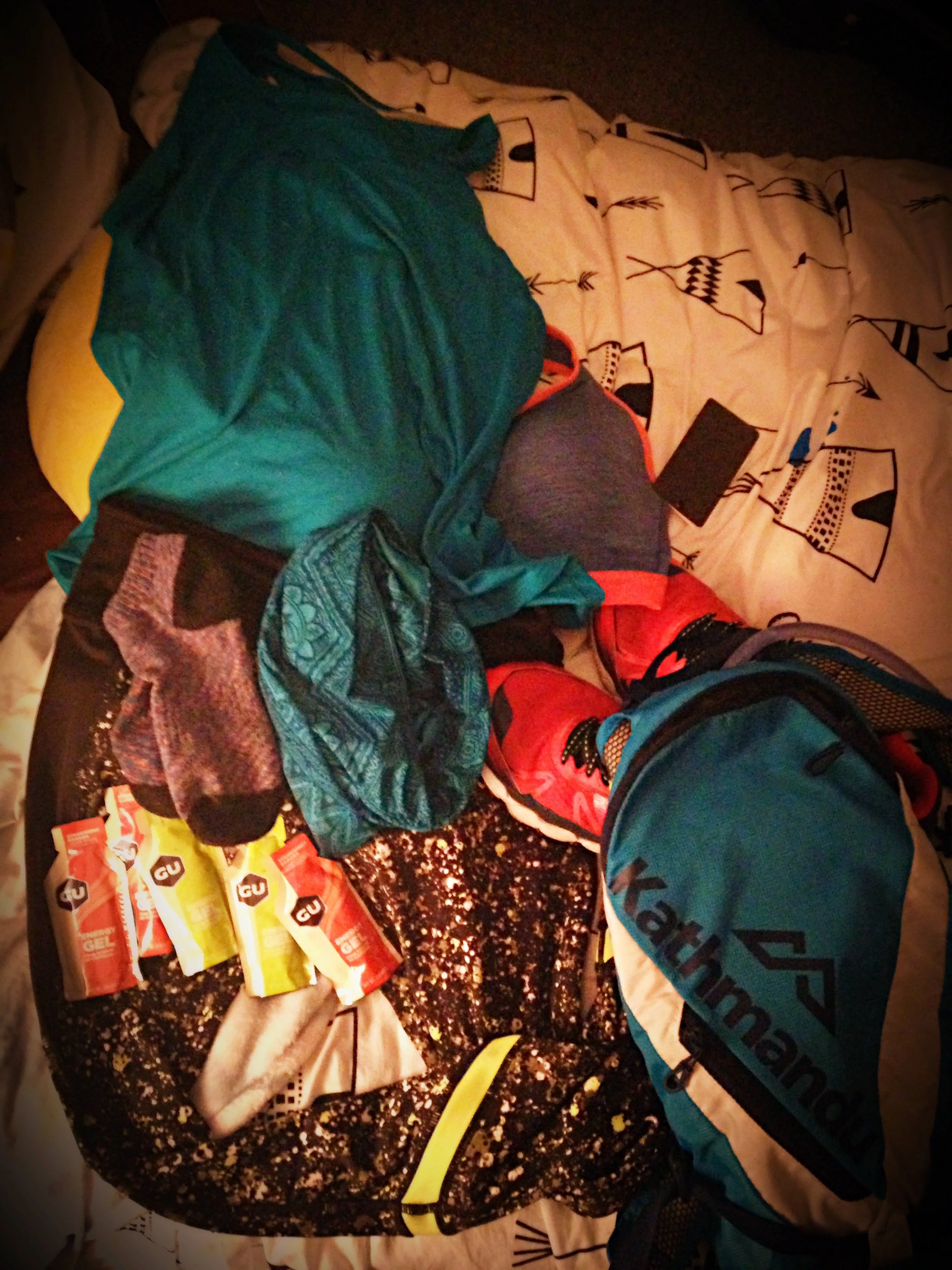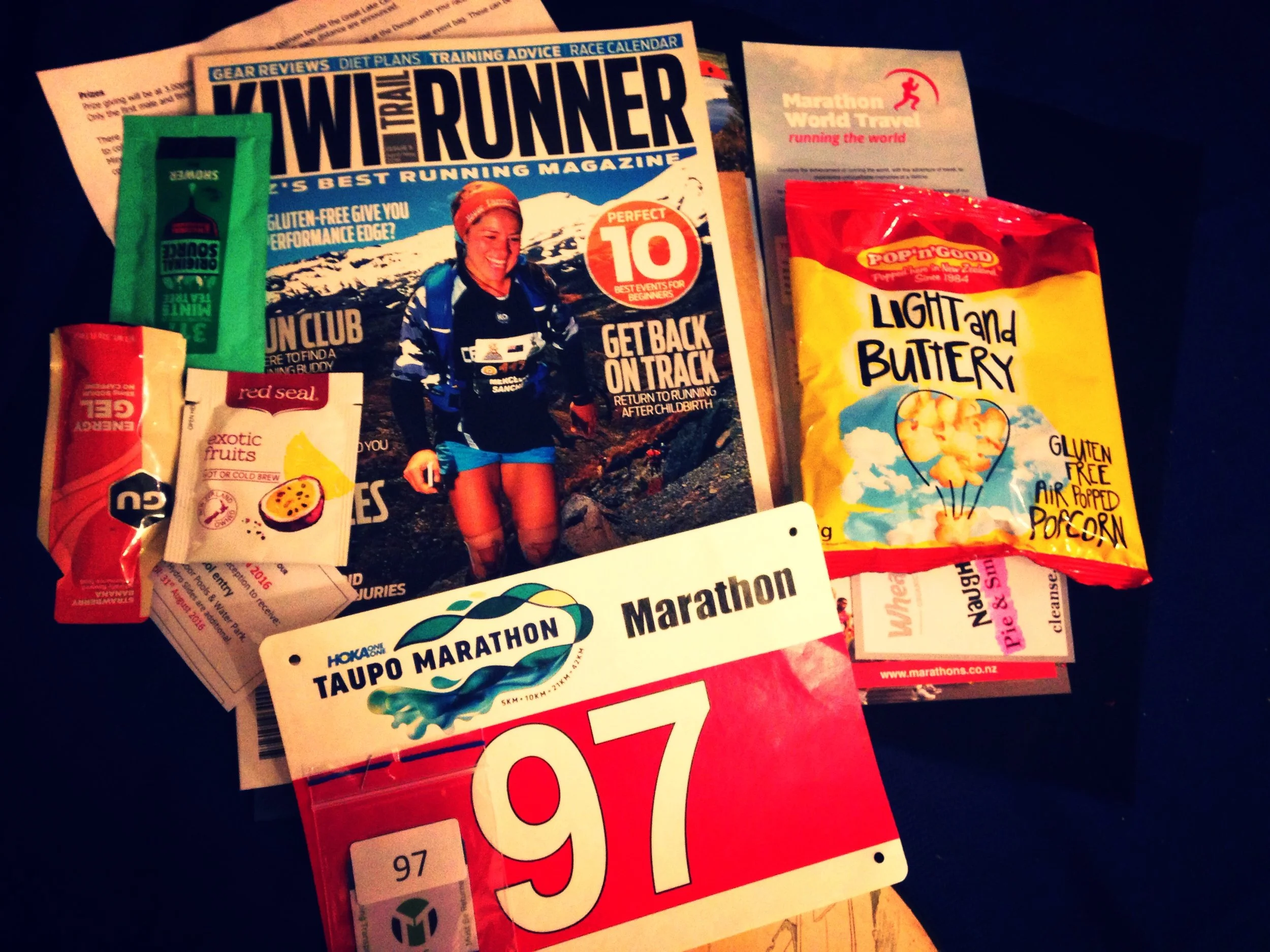Alocasia
Find out some info and top tips from my own experience about my favourite Genus Alocasia!.
Disclamer: I’ve used a number of sources and also a level of my own knowlegage, In order to enhance the information within this blog. Developing our Knowledge on any topic, we should be actively engaging, in various ways of learning, remembering that what works for me might not work for you.
Have you guess it yet? I hope you can see through my business cards, website logo and photography that my love for the Amazing Genus Alocasia, is a firm favourite and a predominate Genus in my collection of indoor plants.
I represent a small insight as a lover of Alocasia, living in England, Cambridgeshire. The information written in this blog is things I have learnt through failure and Success over the 5 years of collecting Alocasia.
My First introduction to Alocasia started in 2019 With apparently a Challenging Alocasia for me she has had ups and downs. Now Ellie the Amazonica is in her 5th year of life rocking, once again after getting damaged and vacuumed. Thus began my obsession with Alocasia
My first 5 Alocasia. Honestly, out of these Five, only one has been replaced. This switch happened last year with the Green Dragon Scale. I now have 60 odd Alocasia, this includes baby corms and double ups.
Polly Amazonica, Cuprea Red Secret , Baginda Green Dragon Scale, Black Velvet, Baginda Silver Dragon
I often think with Alocasia to consider that most people that grow tropical house plants might struggle with Alocasia more than others. Which isn’t surprising in the UK considering the environment that we live in isn’t like that of Asia/Australia/ South American Climates.
I often find people questioning the most simple things:
Like maintaining more than three leaves
root rot
pests
brown stuff, soil mixes,
I know I have Freak out one moment when one leave suddenly Decides to go yellow, before I really started really getting to know this Genus myself.
I do not claim to know all the answers to these questions or whats happening as I’m still learning to. -
Before I tell you some top tips, lets explore what an Alocasia is and its natural Environments. Alocasia are a Rhizomatous plant with showy leaves and an arrow head heart shape in some cases. Alocasia Plants begin life as a corm, where the Energy is Stored once the corm becomes moist, roots will emerge to grow you Alocasia. Foliage comes directly out of the corm and not the leaf before. They use the energy Stored in the corm to produce leaves and flowers. They will maintain the leaves and flower as long as they recieve the correct care.
Once a leaf/flower is done it will not waste that energy as the plant will then take in the old leaf/ flower until they dry out and become Yellow, this is the natural process and cycle of the plant.
Within the genus Alocasia they're considered to be around 100 known species.
Alocasia in Araceae Family produces flowers on Spathe and spadix, can be hybridize.
-Originally found in Tropical and subtropical Humid Forests.
Alocasia plants typically grow in primary and secondary forests, early regrowth areas, and open swamps. They thrive on the forest floor, in leaf litter, and sometimes in humus deposits on rocks. Except for a few types, Alocasia plants are mainly found in lowland areas with wet conditions and deep shade. (Aroidpedia)
As you can imagine these places are also warm and recieve High temperatures during the summer months and high levels of humdity.
They can be found growing naturally in places like, the lower lands of the Himalayas, Malaysia, Australia Queenlands and New South Wales, Fiji and various other Asian countries.
The challenge for us as Alocasia growers in the UK is to maintain this throughout the year if this is not maintain and regular you can often find that Alocasia will react to this change by dropping leaves or growing slower to reducing to just the corm and roots again.
Growth does not happen during our dark and cold winter months in the Uk if you can not maintain warmth, humdity and light.
A sudden change in environment during the UK winter can encourage them to go dormant.
Certain areas of the UK have better more Humidity this could be that part of the country sees more rainful than others.
Some peoples houses are newer and find that heat retains better.
Older houses might not be a good at retaining heat.
Sometimes living in the middle flat above and below other flats this can also increase the temp.
The way your house faces can see a decrease in light.
My setup has a large north-facing window in the bedroom keeps it warm above 18 degrees or above in winter. I Also have grow lights and a heat mat during the winter months. The room's humidity is 65%-70%, while the cabinets and greenhouse have higher humidity levels. I use a hydrometer to help me measure the environment in my home. I also live in the fens which often floods and produces more rain. My house is New with Double Glazing, insulation and Central heating therefore it holds in heat better.
When I lived in Cambridge city centre my house was either freezing cold or too hot and often dry making it more diffcult to keep Alocasia happy during the winter months.
Jungle Floor’s Top Tips when Growing Alocasia:
One: Before purchasing, gather as much information as possible from the seller. Do not hesitate to ask questions - There is no limit. If the seller avoids answering or the photos seem suspicious, avoid buying.
Two: If the leaves of your Alocasia turn yellow after you get it, do not panic. The plant needs time to adapt to its new environment. It may lose some leaves during this adjustment period. Leave it for Two weeks before changing the medium its in.
Three: Don’t Faff or mess around with the Alocasia to much I would consider giving the leaves a wipe with rain water and a soft cloth recommend. If rest of the plant is Actively producing growth, do not chop off leaves or flowers let the natural process of energy transfer back into the plant. I recomend leaving them till they have fully dryed out and gone pale yellow.
Four: Soil mixes / semi hydro. If you check out my video page you will find some videos to help you with Semi-hydro. Also Remember that the roots the plants had before will be different depending on the medium. If you decided to change substrates, the plant will need to Adapt to the new substrate. In time for the plant to get used to the substrate, this will mean lossing old roots in the process.
Five: Soil Ninja Alocasia Mix is a perfect blend make sure you shake the bag before using it to distribute the mix so its evenly chunky and well draining. Sometimes I buy a extra bag of fine bark to add extra to the mix.
Six: Alocasia sensitive to environment changes. Use of hygrometer for humidity and temperature, will help achieve an Understanding of the plants needs. Choose one that will give you a 24 hour picture.
Seven: Do not let The Alocasia Dry out. Nevertheless, no prolong soaking. Clear pots or transparent pots will help you establish when they need Water. Recomended when they are actively producing leaves or flowers. Feed more during growing season. I recommend Liquid Gold Leaf for feeding.
Eight: The Best locations in your house to keep Alocasia is a bright Bathroom/ kitchen no direct sunlight. These places tend to have a higher humidity. When growing Alocasia plants bright in direct light is best. You will find further understanding, and recommended reading on my previous blog on increasing lighting.
Nine: Some Top First time Alocasia: Regal Shields, Gaganea, Cucullata, Pink Dragon.
Ten: Best top tip has to be Be Patience as with every plant your growing it has to adapt to your environment, sometimes it takes time.
I hope this blog helped you understand Alocasia a bit more to set you on your way to learning to love this Genus as much as I do. If you have a any burning questions comment below.
To find out when my next blog drops on to discover discounts sign up to my news letter today!
Thanks For reading ! Happy Growing!
Boost Your plant growth
"In this blog, I'll talk about why light is important for plants, especially in winter, and give tips for boosting plant growth with more light." These as just things that I have learnt about growing house plants and I am always learning. I featured further reading at the end of this blog.
Introduction
Tis' the cold season where in our gardens plants cease to produce growth or hibernate for the winter. Keeping plants "Inside" is a different thing and with it being the winter time, that means often you will find that your house plants will do similar to what the plants in the garden do. Though being inside they maybe warmer and however they also have less light for the plants to complete producing new leaves and chlorophyll through photosynthesis this can result in slow growth and sometimes you mind find a increase in yellow leaves. Therefore you plants are gonna grow a lot slower and some of them will even go into hibernation for example; Alocasia.
-
‘The process of the plant capturing energy from light and using it to convert the carbon dioxide from the air and the water turning it into to glucose to help plant growth and oxygen which is released through the stomata of the leaves.’
-
Absorbed light energy which is stored by the plant in the chloroplasts.
-
In the case of lack of light older leaves of the plant may go yellow during winter to help reserve energy for the plant to stay alive during these seasons. Yellow leaves often means damage or lack of chlorophyll although this can happen as a reaction to many things other than lack of light.
-
Photosynthetic Photon Flux in the measure of photosynthetic active radiation Zone. Measuring the amount of active protons emitted by the light source which will help the plant to photosynthesis affectedly.
-
photosynthetic Photon Flux Density the amount of protons your plants need for photosynthesis. In the distant from the light.
Phototropism
Two Alocasia plants with upward-facing leaves on the right have been relocated. They used to have the light above them, unlike the leaves on the far left that had light in front of them.
Plants don't need direct sunlight because they're expertly adapted to living on the dim forest floor. Their remarkable ability to adjust to varying light conditions allows them to thrive without direct sunlight. In fact, some plants, like Alocasia, exhibit phototropism by leaning towards the light, while others, like the prayer plant, actively reposition their leaves throughout the day to capture the optimal amount of light before resting in the darkness of night.
If your plant doesn't get enough light, it can't produce food. Be mindful if it leans too much towards a window or light, as this can make its stems long and weak, indicating insufficient light. If there's too much light, look for brown or bleached coloured leaves, or even yellow ones.
Examples Below: first 3 photos are plants that have received to much light. last 2 photos show a plant thats not getting enough light.
Increasing Light
Tip 1: Moving your plants closer to the window.
Make sure not to place the plants near radiators or touching the window, as this can burn the leaves from the heat or cold. During spring and summer, move them away from the window to avoid strong sunlight. late afternoon and early morning sun light is okay for most plants and this can varier depending on each plants grow needs.
Tip 2: buying yourself a light meter.
Plants need around 400-700 units of light (lux) to grow well. You can measure the light using PPF to see how much light is reaching the plants, and PPFD to check the intensity for photosynthesis. You can buy a light meter from Amazon or use the free app called "Photone" with a piece of paper as a diffuser.
Tip 3: Mirrors & reflective surfaces.
Consider placing mirrors in your plant area to reflect light and create a sense of spaciousness. Ensure the room is well-lit with large south-facing windows. For west or east-facing rooms, use net curtains or stickers to reduce excessive sunlight. Ps inspired by @bryony_ in _ plantland
Tip 4: Clean You Plants Leaves.
Leaves can gather dust and bugs, stopping them from making food. Wiping the leaves with a soft cloth and water not only helps clear them but also keeps pests away.
Tip 5: Move plants around.
Moving your plants around can help to figure out where your plant is happiest withe the light levels if you plant is showing some of the signs above it might be worth moving the plant and seeing how this plant changes over the month.
Final Tip Get some grow lights.
I've tried different ways to make my plant room brighter. But in the last 3 years, I realized that since my room faces north, I need grow lights to help my plants grow better during winter.
Amazon Blue and Red Goose Neck Lights
I had these grow lights I purchased from Amazon they were great until they shorted and broke within a year. I also found that there knowledge about how much light it needed and how much light the light provided its important to check out your own knowledge base. This is one of the reasons why I wanted to write this blog.
Sansi 15 watts
This one is a Sansi 15 watt as you can see the light is bright white, Full Spectrum a lot of international house plant people swear by these. I had them for a good couple of years and because they sold them on Amazon it was easy access. They come in varied different wattage therefore they say the higher the watts the more PPF. A lot of there products are US only not Europe or UK. Interestingly that the watts account for the amount of PPF a plant gets in the case of a Sansi grow light bulb. PPF: 27μmol/s, PPFD:152.83μmol/s/㎡ @ 1ft. I did have a 36 watt but don’t use it anymore as I felt it was to white bright for my eyes and I found it got to hot and was really bulk and heavy.
Sunblasters
T5 Sun blasters are great for adding to your IKEA cabinet or a green house. This one is 11 watts got this one as it was 30cm perfect size a length for what I needed at the time of buying this I had minimal knowledge and I felt that they had more information and I found about this form of lights are they were first personal recommendationed to me by a few House Plant friends.
1. Understanding the Benefits of Grow Lights:
a. Supplementing natural light: Grow lights provide the necessary light spectrum for plants to carry out photosynthesis, even in low-light environments.
b. Extending the growing season: With grow lights, you can create optimal conditions for your plants year-round, regardless of the weather outside.
c. Promoting healthy growth: Proper lighting can stimulate stronger root development and lush foliage.
I have used many different grow lights over the years seen different levels of growth including lights that have been recommended to me from Sansi, Sunblasters T5 each having pros and cons but for me nothing beats Grow Gang 2. Introducing Grow Gang Store Pianta Light Bulbs:
a. High-quality LED technology: Pianta bulbs utilize advanced LED technology, offering energy-efficient and long-lasting lighting solutions.
b. Tailored light spectrum: Pianta bulbs are designed to emit the ideal spectrum of light for plant growth, including blue and red wavelengths that plants need most.
c. They are made by a small independent company.
d. made with a Solid Aluminium Body Casting lasting upto 50,000 hours.
e. LED’s Full Spectrum lights with Base: E27 Screw fit or B22 Bayonet 18watts. Warm living room lighting.
f. PPF: 33.1 μmol/sec, Latest samsung Horticultural LEDs
g. I can say as far as growth goes using these lights I’ve seen some insane growth and I have been using them for over 300 days.
If you want to try them yourself, they offer a 90-day trial. If you decide they're not for you, you can get a full refund within 90 days, including shipping costs. If you want to buy yourself any grow gang products, you can also get 10% off your purchase by clicking -> Grow Gang, also sells awesome WiFi plugs that work well with the Smart Life App, which I love. And various other bundles that can go along with your Pianta Light Bulb. Check them out if you want to give your plants an extra boost of sunlight-light to help them grow.
I recommend to understand a bit more about light for plants the following Items with help you further.
The Plant Rescuer - Sarah Gerrard- Jones
photone - House plant light Calculator
I really hope you find this blog really helpful. click here. You will get yourself discount code from me to use on Grow Gang’s Store cart. Thanks for reading please let me know if you have anything you would like to know further. Do send me a message on instagram or get yourself reading one of my recommendations.
The Jungle Floor
The Jungle Floor the purpose of the jungle floor for your plants and understanding the importance and value of the soil, the nature in which you favourite house plants grow and develop from exploring the meaning behind the jungle floor and the race for the best light.
Did you know that a jungle has many layers to it? well you should know because thats something you learn in school. I personally believe in my knowledge of plants and the jungle that the floor is pretty key in the whole layers of the forest. I’ve been fascinated by the Green plant at the moment and especially the first episode which talked about the tropical landscapes.
David Attenborough was expressing how dark it is on the forest floor but however when I tree falls its a race to get the light and we watch this time-lapse of the plants beginning to race including a Monstera Deliciosia (aka the Swiss cheese plant). What we can grasp from this is that yes plants need light to grow but also the ground at the bottom of the forest under all the leaves is filled with other living creatures and organisms that are key to the growth of the forest. How often have you found mushrooms growing in your house plant pot?
The soil between your fingers feels so good and the sound of the Activated charcoal when you add water to it the moments and feelings of rescuing at plant or creating a new one. I love that you can all do this when your using your Potting Mat. Drawing in the nutrients, the texture and type of soil you need as you discover the endless fun of growing your own plants. Sometimes this can be from Snips of plants, Corms and seeds. Researching and understanding each plant is important, no matter your experience level. For example, when considering the environment for an Alocasia plant, it's not just about using a standard house plant mix from the garden center. It's about finding the right elements to add to create the best soil for this particular plant's genus.
The jungle is a dense and diverse ecosystem where lush plants and exotic animals fiercely compete for resources to ensure their survival. It's akin to crafting your own miniature jungle, where every plant stretches and strains toward the sunlight in a desperate bid to thrive amidst the dense foliage.
I think your idea is that the potting mat is like the jungle floor for our plants, where they get nutrients and begin to compete for light.
Five Running Tips That matter to me!
Gear on
Running the Taupo Marathon in New Zealand in 2016
I want to share my running journey in a simple way so you can learn from it. Let me give you some background first. I have been running for an estimated about 10 years or more and only in the last 7 years have I increased the distance that I run. I am a long-distance runner who has done many daily half marathons and a full marathon in 2016. I have had a far few injuries however touch wood non whilst running however they have had an impact on my running massively at times. These are just some things that have worked for me in the past that I just wanted to share. I’m no professional in the fitness sense these are purely things I’ve picked up as I’ve been training.
Recovering after an injury:
When I was riding my skateboard and also on a late-night hike having received injuries to the foot, Ankle many times, and knee and I broke my shoulder whilst cycling in 2019. This set me back each time but recently I discovered that yes! you get injuries, like broken or sprained limbs however it’s about preventing them or not aggravating a previous injury. Make sure you are fully recovered from injury and if you are worried talk to your general practitioner or physio to make sure you do the excises that you have been given. Know that you will not always go back to the same level straight away, whether that’s distance, pace or stamina. I found that taking it slow and building yourself back up is key to a good recovery and use things like K tape for the first few runs back to support old injuries when physically ready to return.
Starting a run well:
Do not just start running, it’s not recommended and that's what makes it more common for you to cause yourself injury. There are various ways in which to begin a run and this has changed a lot over the years it is also dependent on how much distance I plan to cover and also whether I am running trail or on the road. Generally and I’ve read from many other running blogs and videos that it is best to start with dynamic stretches. One of my recommendations is to do a 15 min yoga session where the majority of the session is opening your hips, legs and ankles. This not only prepares your muscles for the high impact on whichever surface you choose to run on it also raises your heart rate. The other reason I choose to do yoga over the many other warm-up activities is that over the last couple of years of integrating yoga into my warm-up and cool-down routine, I find that this has helped Improve my stamina this has been because on the occasional off day, I have done yoga and when the session focuses on your breathing and mindfulness it helps with focusing your mind on the process rather than the result and with that, I’ve found my capacity and recovery is better.
To Push through or not to push:
Sometimes you wake up or you’ve got a gap in time often you may have days where you just don’t feel like it and sometimes you have days when you're all ready to go! As well as listening to your body it’s important to rise above the negativity or even the positivity because often we can find ourselves pushing too hard and sometimes just not enough. Maybe you’ve got to let go and get out there or take time with your pace. Maybe it’s a case of going the distance or trying something different. I’ve found even at the moment whilst I’m not running as many times a week it’s important to maintain the right balance between pushing through or slowing pace. Often I find my body starting to protest and tell me to stop. Truth is pushing through is just as important as taking a step Down. No balance between training well and training differently.
Yoga breathing
I often find it’s easy to do those stretches before and after a run but sometimes I often forget to balance between exercise and running just running. Part of what I find is great for my training and stamina is doing those strengthening workouts and for me, I find yoga a great way to also increase your stamina when it comes to breathing during a run yoga I find not only improves the strength of your muscles especially with you hips protecting your knees and your balance but also helping you to be mindful so that when your running your focus is not on getting somewhere it’s about focusing on the sensation of breathing the flow of oxygen through your body touching your muscles, blood, bones increasing your stretch muscles further as you breathe deeper. Do not Just run to its worth trying different excises to help improve you muscle tone and strength. When I was running Also regularly went Rock climbing and skateboarding though i wasn’t always able to do this as at the time I was lucky enough to have access to these types of sports. Now its just Yoga and running. Therefore it doesn’t just need to be any particular sport its just good to have a different part of you running week this will help prevent injury to.
Drink less and eat less before you go
We all love a glass or two at the weekend wine, Ale or a Gin and tonic. Chocolate sweets are anything overly high in cane sugar, I find for if the night before I’ve had a lot of those things I find my stamina throughout the run can be very depleted.







